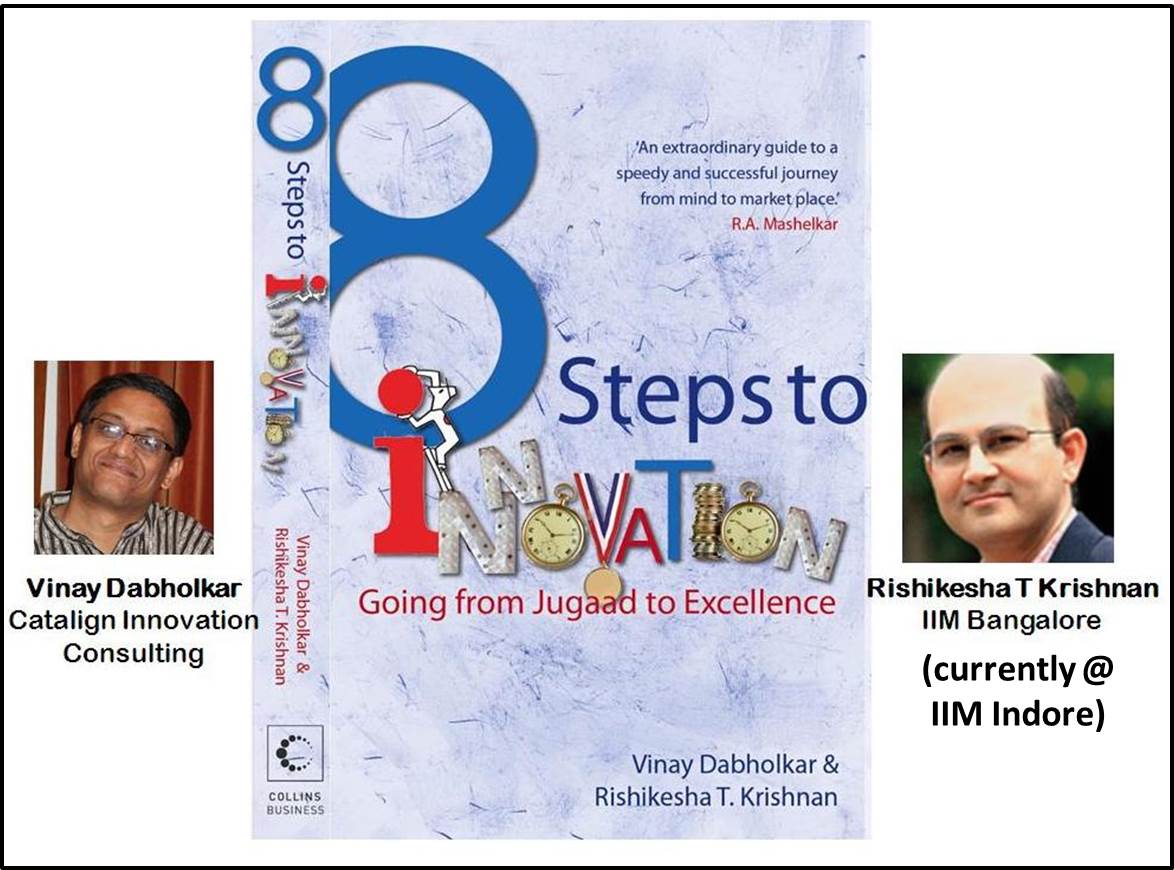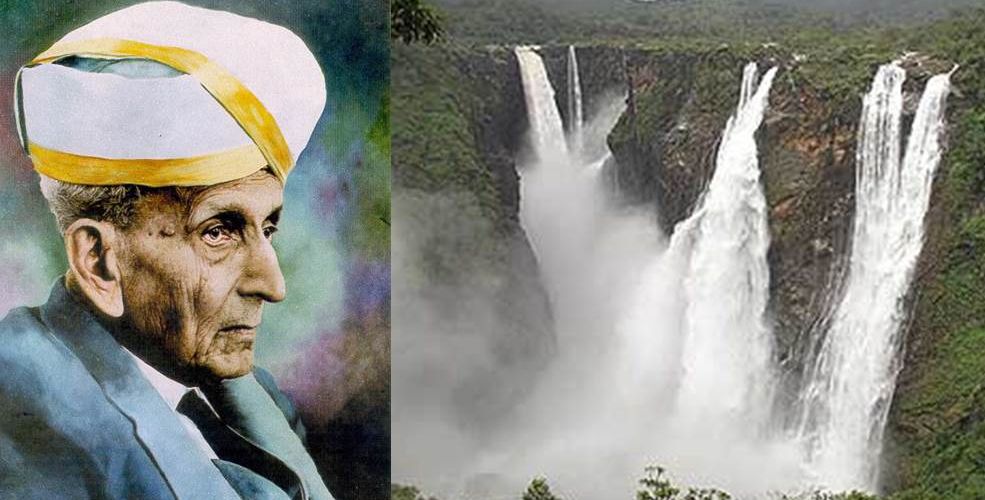Dec 28, 2025
Dec 28, 2025
I am currently reading a very good book on innovation. It is “8 Steps to Innovation” authored by Dr. Vinay Dabholkar, President of Catalign Innovation Consulting, and Professor Rishikesha Krishnan, Director, IIM, Indore.

There are four aspects of the book which I like. The book is well written and easy to read. There are no jargons. Secondly, it is all in a very positive note which gives hope to readers. The first statement in the book is “anyone can innovate”. Thirdly, there are a large number of case studies from Indai and abroad which illustrate and support the authors’ line of thought. Finally the contents are very well researched. It is recommended reading. I also feel that it is a must for all for all who want to make their organizations more innovative.
In this article I will touch upon Step 2. The Chapter is titled “Create a Challenge Book”. It is not necessarily a physical book. Whatever the form, a web portal, a register, or a suggestion box- it will contain list of challenges face by organization. Such books are accessible to all and transparent. By making it transparent the challenges don’t get duplicated and creates awareness of the challenges among all the employees and can promote discussion. One of the examples in support of the is the “Mobile Petition Box” created by Kiran Bedi in Tihar Jail when she was the Inspector General there. The box was carried to all prisoners in the barracks. This innovative idea was a smashing success.
Challenges are essential for any innovation to take place. How does one identify the challenges? What are the curiosity factors that lead to innovation? The authors have researched on these questions and have concluded that most of the innovations are triggered by one or more of three items namely PAIN, WAVE and WASTE. In line with this one can develop an innovative mindset by adopting the three templates as below:
1. Feel the pain.
2. Sense the wave, and
3. See the waste.
FEEL THE PAIN: This is realization of the difficulties faced by all concerned – customers, employees and partners. Complaints by dissatisfied people are definitely a source to this end. But this is not sufficient. One need to be proactive and empathise. One needs to put oneself in other person’s shoes in order to feel the pain. Many organizations take steps in this direction. The employees spend time with clients in their households and behind sales counters in order to identify the user preferences and hardships. For example, the manager of a restaurant will do well by taking food there. Similarly a traffic police chief can get the feel of commuters by driving himself in the city. It is very important that top executives indulge in such activities because they are the decision makers.
SENSE THE WAVE: This is identification of “underlying trends”. This can apply to technology, demographic patterns, fashion and/or government regulations. For any organization it essential to be dynamic and be changing in tune with changes taking place outside. Those who innovate flourish and others just perish.
SEE THE WASTE: Waste is all round us. There are wastage of natural resources, energy, technological resources and perhaps most importantly of time. This is one area where there is ample scope for anyone to be innovative at workplace or at home. Elimination of waste is becoming more and more important. All our cities, for example, are facing severe water shortage. There is also not enough power generation in India to meet the demands. In order to “see the waste” it is essential to have the right positive attitude. It is worth noting that one needs no special qualification or trade skill to contribute ideas for elimination of waste.
In this context, I am reminded of a great person who "saw" a huge waste.

The great person was Sir M Vishweshwaraiah. When he visited the famous Jog Falls (Karnataka), He remarked in the visitors' book "WHAT A WASTE !". All other visitors had used words like Beautiful, Wonderful etc.
Coming back to the book, I strongly recommend it as a very good read.